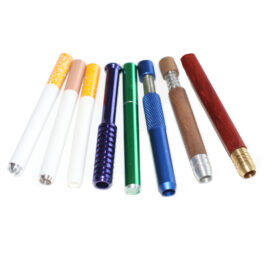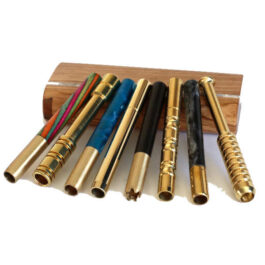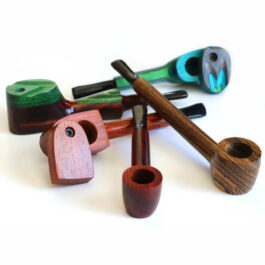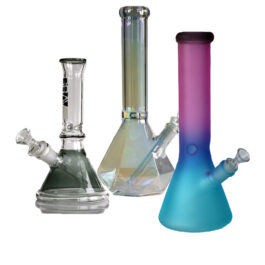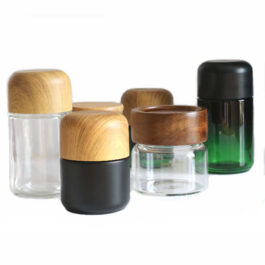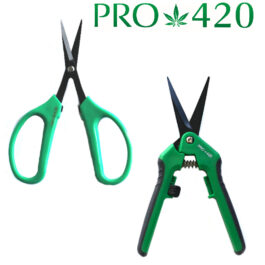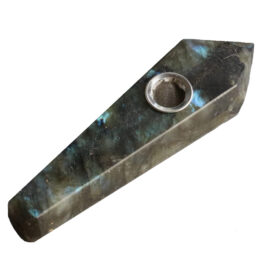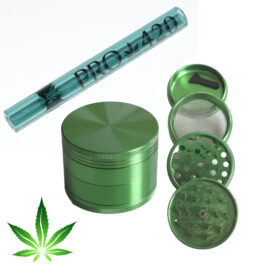Throughout human history, inhalation has played a significant role in both cultural rituals and personal experiences. From the early days of burning herbs in ceremonial practices to the modern innovations of vaping, the act of inhaling substances has evolved in ways that shape our well-being, habits, and societal norms. This journey, from ember to mist, is a fascinating exploration of how inhalation has transformed over time, influencing everything from traditional medicine to contemporary wellness trends.
The Ancient Roots of Smoke
Long before modern technology allowed for controlled and refined inhalation methods, ancient civilizations relied on burning plants to harness their effects. Indigenous tribes across the globe used smoke in spiritual ceremonies, often believing that it connected them to the divine. From the sacred smudging rituals of Native Americans using sage to the incense-filled temples of ancient China and India, smoke has been a conduit for relaxation, healing, and enlightenment.
In addition to its spiritual significance, smoke inhalation was a primary means of delivering medicinal benefits. Traditional herbalists burned specific plants like eucalyptus, myrrh, and cannabis to treat respiratory ailments, enhance focus, and promote relaxation. The discovery of tobacco by indigenous peoples of the Americas introduced the world to nicotine, leading to the global spread of smoking practices that shaped social and economic structures for centuries.
The Transition to Modern Inhalation Methods
As society progressed, so did the means of inhalation. The industrial revolution and advancements in chemistry paved the way for manufactured cigarettes, making smoking more accessible but also raising concerns about its health impacts. Over time, research uncovered the risks associated with traditional smoking, leading to a decline in its popularity and a rise in alternative methods.
One of the most significant breakthroughs in inhalation was the introduction of vaporizers. These devices offered a way to inhale substances without combustion, reducing exposure to harmful toxins. Today, products like CBDfx CBD vape pens UK have gained immense popularity, allowing users to experience the benefits of cannabinoids without the adverse effects of smoke. This shift represents a move toward cleaner, more efficient inhalation methods that prioritize both enjoyment and well-being.
The Science Behind Vaporization
Unlike traditional smoking, which relies on combustion to release active compounds, vaporization works by heating substances to a temperature that turns them into an inhalable mist. This process preserves more of the beneficial properties while eliminating many of the harmful byproducts found in smoke, such as tar and carbon monoxide.
Vaping technology has advanced significantly, offering users more control over their inhalation experience. Devices now feature adjustable temperature settings, specialized coils, and refined formulations that cater to individual preferences. Whether using vaporizers for therapeutic purposes or recreational enjoyment, the shift from ember to mist represents a more sophisticated and mindful approach to inhalation.
The Role of Inhalation in Wellness
Inhalation is more than just a method of consumption—it plays a significant role in wellness and relaxation. Aromatherapy, for example, uses the inhalation of essential oils to promote mental and physical well-being. Similarly, vaporized herbs such as lavender, chamomile, and eucalyptus offer calming effects that can aid in stress relief and sleep improvement.
For those seeking natural relief from ailments like anxiety, chronic pain, and inflammation, cannabinoid-infused vaporizers provide an effective alternative to traditional medications. The ability to control dosage and customize experiences makes vaping an attractive option for those looking to integrate plant-based wellness into their daily routines.
Cultural Shifts and the Future of Inhalation
As awareness grows about the risks of smoking, many societies are shifting their perspectives on inhalation. Governments and health organizations continue to implement regulations to discourage smoking while supporting harm-reduction alternatives like vaping. The increasing popularity of nicotine-free vapor options, herbal inhalation, and CBD-infused products reflects a broader movement toward healthier lifestyle choices.
The future of inhalation is poised for even more innovation. Scientists and engineers are exploring advanced delivery systems, such as ultrasonic diffusers and nano-enhanced vaporization, which could further enhance bioavailability and effectiveness. With ongoing research into cannabinoids, terpenes, and herbal synergies, inhalation may continue to evolve as a key component of holistic wellness.
Conclusion
The journey from ember to mist encapsulates the transformation of inhalation practices across time. From ancient smoke rituals to the rise of modern vaporizers, the evolution of inhalation has been driven by a desire for improved well-being and efficiency. As technology advances and society embraces healthier alternatives, the future of inhalation promises even greater possibilities for personal and cultural enrichment. Whether for relaxation, medicinal use, or sensory enjoyment, the shift toward refined inhalation methods marks an exciting chapter in human history.




